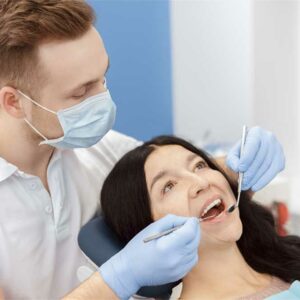
Dental Implants – Cost, Process, Top Picks and More
Dental implantation involves using a titanium metal post to replace the root of a missing or decayed tooth. This post serves as a foundation for an artificial tool known as a crown. There are numerous experts in dental implants and providers of invisible dental aligners around Birmingham. Due to the number of options available, individuals considering this procedure should factor in aspects like cost, location proximity and dentist’s expertise when selecting a reliable clinic.
Read More 






